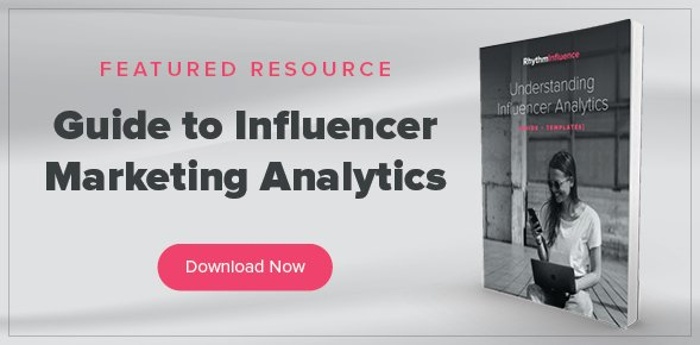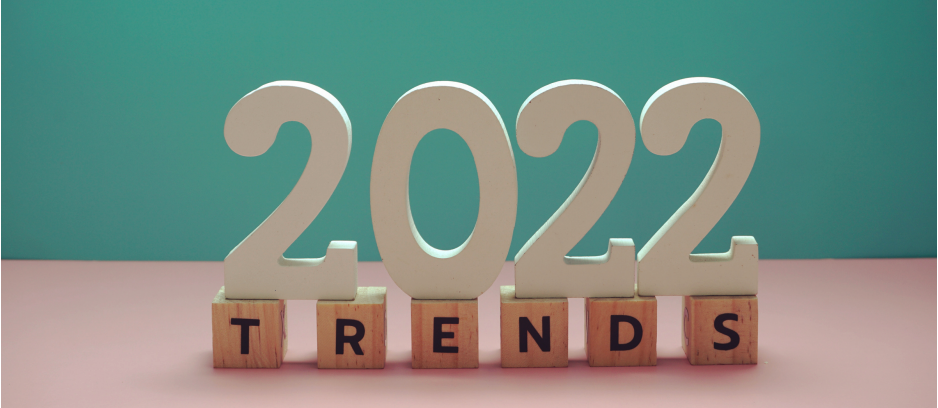Influencer marketing campaigns are like the gift that keeps on giving. Once you’ve completed a campaign, they live on in perpetuity online. As they continue to be discovered and engaged with online, they bring new audiences and attention to your brand with no effort from your brand’s marketing team.
By only tracking and measuring the ROI of an influencer marketing campaign during the run of the campaign itself, you are missing out on noticing an entire sector of valuable insights. For years, strategists have been trying to determine the right way to measure campaign success. Of course, you can always calculate the cost of the campaign against the direct sales you made from it, but we all know that the real goal of a campaign is much more than a single number.
Influencer campaigns are living organisms that evolve over time, they aren’t scrubbed from the internet the moment a brand’s contract with an Influencer has expired. To reap the full benefits of influencer marketing, teams can continue tracking campaigns long after they’ve reached their technical conclusion. As the world continues moving forward into each new day, the public’s perception of your brand and influencer partner will change as popular conversation and world events evolve.
Maybe your industry is having a rough year all around, and your ongoing campaigns don’t have as much traction as you’d anticipated or maybe you ran a campaign with a micro-influencer who hasn’t generated as much organic engagement as they usually do. When you stop measuring the ROI of these two campaigns as soon as they are over, they are chalked up as losses. However, there’s a potential for your industry to hit a major growth point, or an Influencer to land a record deal and burst onto the public mainstage.
If you’ve played your cards right and continued to measure that campaign, the second the Influencer begins trending upward you may be able to revisit the campaign they led and begin boosting and reposting their branded content. Or simply capitalize on new audiences finding your brand and welcome them with targeted marketing efforts.
Strategists and marketers alike are always talking about the immediate benefit of influencer campaigns, but what they aren't talking about is the long-term benefit of content produced and the partnerships you make. Until now.
Influencer marketing spend is at an all-time high.
People are investing a lot of money in influencer marketing. By the end of this year, the industry is projected to hit an all-time high of $13.8 billion— up from $1.7 billion in 2016. That’s a lot of campaigns and a lot of ROI.
In addition to boasting such a large price tag, the growth of the industry is more than purely financial. This isn’t an instance of a few strategists dominating a field. Instead, this growth is due in large part to the widening of the industry as a whole. More than 240 new influencer marketing-focused agencies and influencer platforms were established in 2019 alone. It seems like word got out about the power of strategic brand-influencer partnerships.
So, with such a big recent emphasis on the industry and the nearly universally agreed upon the belief that influencer marketing just works, why are strategists still ignoring the long-term benefits of influencer marketing ROI? You would think that the bigger the price tag, the bigger the microscope to hold your campaigns under. But for our industry, this growth seems to have the opposite effect. Instead of using this as an opportunity to invest more time into campaigns, in order to secure an understanding of the complete ROI generated during the lifetime of a campaign, strategists are instead taking this growth as a sign to run just a higher quantity of campaigns.
There is a need for more tracking of influencer campaigns as they relate to ROI. During campaigns, and after. We must continue to track them following promotion in order to most accurately assess a single campaign's ROI and to measure the true value of a brand’s partnership with a given influencer.
Measuring the Revenue Impact of Influencer Marketing in New Ways
We can all agree that one thing lacking in the influencer marketing space is a solid, tried, and true method of measuring the ROI of campaigns. As I mentioned earlier, if you’re happy reducing the ROI of a campaign to a single number, then you can feel free to calculate your sales against your campaign spend. For the rest of us who understand the nuances of an influence campaign, we are left to determine our own methods of measuring ROI.
For many of us, our method of measuring ROI of influencer campaigns starts with our campaign goals. We determine the primary things we are looking to achieve with our campaign (increase follower count, increase engagement, boost brand awareness), and at the end of it, we work backward from our goals to determine if we’ve reached them. For example, if the goal of a campaign was to increase a brand’s follower count across social platforms, you would take note of the brand’s followers before and after the campaign to check for growth.
There is no wrong way to measure campaign ROI. Unfortunately, there also isn’t a tried and true correct way. Instead, strategists are left to craft their own ways of measuring campaign ROI.
Here are some of the alternate ways to measure ROI during and after the end of a campaign:
- Provide each Influencer with a unique, trackable affiliate link in order to accurately determine the source of traffic
- Use sentiment analysis to gauge the temperament of comments and mentions
- Conduct a comprehensive brand lift study at the end of your campaign and again a year after to measure ongoing growth
- Continuously generate regular reports on the campaign and branded content for years after the end of the campaign, in order to gain a thorough understanding of how your content performs over time
- Incorporate measurable trigger points like engagement on unique offers or landing pages, for a more clear view of how influencer engagement manifests itself in brand interactions
Influencer marketing campaigns are written on the internet in permanent ink. To completely take advantage of the long lifespan of content produced through influencer campaigns, continue measuring the ROI long after the contracted end of your campaigns. To start today, download the Guide to Influencer Marketing Analytics.





SUBMIT YOUR COMMENT